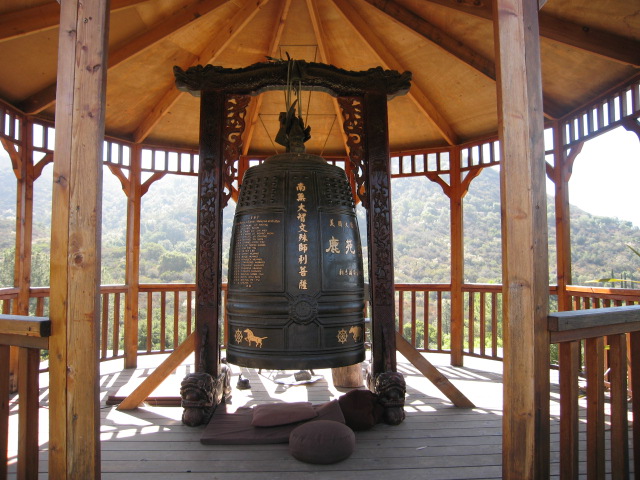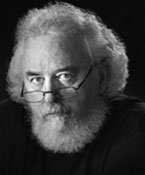ANGKOK, Thailand (AP) – Murky floodwaters are receding from Bangkok's inundated outskirts to reveal some scary swamp dwellers who moved in while flooded residents were moving out — including crocodiles and some of the world's most poisonous snakes.
Special teams from the Thai Fishery Department have responded to numerous reports of reptilian menaces, like the 3-foot-long croc that Anchalee Wannawet saw sitting next to the outhouse one morning, its toothy jaw wide open.
"I ran away, and it ran into there," the 23-year-old said, pointing toward the reedy swamp behind the construction site where she works in Bangkok's northern Sai Mai district. "I haven't dared to go the bathroom since. I'm peeing in a can."
Thailand has long been a center for the breeding, exporting and trafficking of exotic animals, especially crocodiles. Farmed both legally and illegally, crocs are popular because of the value they fetch for their meat, bones and especially their skins, used to make luxury bags and accessories.
This year's record monsoon rains, which prompted Thailand's worst flooding in a half century and killed more than 600 people, also swamped some of the country's estimated 3,000 crocodile farms. Many of the reptiles escaped — though probably not as many as residents think they are seeing around the city.
"We get a lot of reports at the Fishery Department, but only about 5 to 10 percent of them turn out to be true," said Praphan Lipayakun, a fishery department official, adding that many false reports end up being large monitor lizards, which are generally shy and harmless.
"We even get reports of people being bitten, but when we follow up, we can't get in touch with the supposed patient, or when contacted, the doctor that treated the wound says that it in no way resembled a crocodile bite."
Still, officials and volunteer veterinarians have confirmed many flood-affected animals on the loose or in distress — and not only reptiles.
A team of volunteer veterinarians rescued scores of animals — from deer and Capuchin monkeys to lions, tigers and bears — from the yards and homes of Thailand's rich.
"Most of the ones we found in the Bangkok area are privately owned, and a lot of them are for fun or for pleasure — like a farm or some exotic species in the house," said Nantarika Chansue, president of the Zoo and Wildlife Veterinary Society of Thailand and a member of the team of volunteers.
"Some of the owners left home already and left the animals in the cage as the water rose. Some of them have illegal animals and are afraid of being prosecuted, so they are afraid to tell us and just leave them there."
Some of the rescued animals had had to be treated for respiratory diseases from inhaling disease-infested floodwaters, Nantarika said.
Calls about snakes have spiked from the usual two per day to about 10, said Sompob Sridaranop, a snake rescue expert from the Thai Marine Department. Most residents report pythons — but occasionally the calls are about highly venomous cobras and pit vipers, he said.
"A lot of snakes are coming out now because they, too, are flooded. Their homes are usually under houses, or in pipes, but they can't sleep in the water, so they are escaping," he said.
In Nakhon Sawan province, north of Bangkok, Anan Dirath said his family found about 10 nonpoisonous snakes in the house since the waters receded, while his neighbors found cobras, which they caught and sold for their meat.
In Bangkok's Sai Mai district, not far from where Anchalee spotted the crocodile, a large zoo called Safari World was flooded, endangering primates, giraffes, dolphins and other exotic animals in captivity. At the height of the flooding, zoo official Litti Kewkacha said staff were piling up earth, 24 hours a day, seven days a week, to stay higher than the flood levels.
Crocodile farms were not so successful at keeping their wards safe in captivity.
Since the floods began in July, the Fishery Department's crocodile teams have captured 10 that have escaped and found their way into residential areas in Bangkok and suburbs just to the north. Some have been easy catches: Residents had closed them into fenced yards.
Then there are those like the one Anchalee saw, lurking in areas that are boxed in, but large, and with plenty of vegetation for cover. That one proved a special challenge for the crocodile chasers.
"These are its footprints. It's around here," Praphan said under a mid-afternoon sun.
As the team toured the area's perimeter by boat, 42-year-old crocodile zoo performer and volunteer Chalaew Busamrong concurred that the trapped animal must be a crocodile.
"It has been floating around here a long time," Chalaew said. "It can't find its way out. If it were a monitor lizard, it would have found its way out by now."
The team decided that the area was too wide and wild to try to close in on the beast, so they baited their giant-sized hooks with raw chicken carcasses. It's a tactic with an often-inconclusive result, because if local residents find a trapped crocodile, they're likely to grab it and sell it.
"We've left bait before in other areas, but because crocodiles are so valuable, we're never sure if they are captured or not," Praphan said.
As they attached the wires to nearby trees in the swamp and prepared to head home, they heard a heavy movement in the reeds. The team stiffened, fell quiet, and backed away, hoping the crocodile might move forward.
Suspecting the crocodile might be hungry enough to take the bait, Chalaew decided to stay the night.
Nearby, construction workers slept uneasily, but there were no sounds of frantic splashing, as had been hoped. As the sun rose, the chicken carcasses remained untouched.
One week later, the area remained flooded. Neighbors told Anchalee that they shot and killed two crocodiles a few streets away.
"I don't know if it's true or not, but that's what they say," she said by phone. "We haven't seen it since, and the chicken has all fallen off into the water. We only hear the dogs howling.".


















